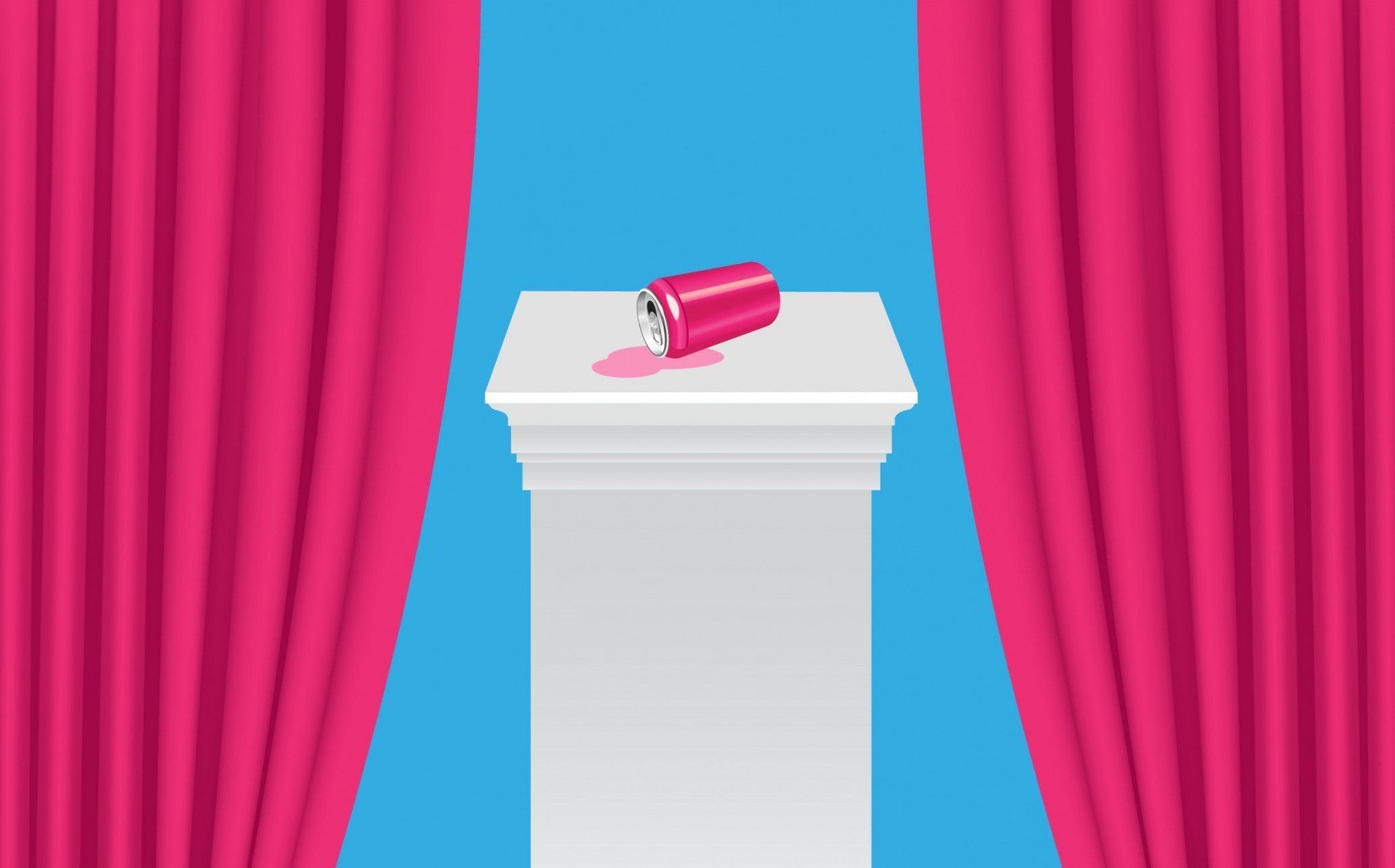Brands are like underwear. Even your favorite pair needs to be changed now and then. Wait. Not a good analogy. Brands are more like hairdos. They come in and out of style and eventually succumb to graying and thinning. Actually, wait...
Forget it. The point is, sometimes brands need to change things up for one reason or another. But rebranding is costly, not only in terms of capital, but in terms of brand equity.
A true rebrand goes beyond updating logos and color palettes. It involves establishing—or reestablishing—a position in the mind of your audience. So before you start fiddling with what your brand means to your customers, consider these questions:
Are you trying to hide something?
In 1998 Philip Morris, owner of a conglomerate of consumer brands like Kraft Foods, Miller Brewing and Marlboro cigarettes, agreed to a landmark settlement with state attorney generals over health care costs related to tobacco use. It was important because it signified an admission by the company that cigarette smoking did indeed cause lung cancer—a charge it had vehemently denied for decades.
As owners of the cigarette brand most preferred by underaged smokers, Philip Morris was an evil corporation in the eyes of many Americans. And despite the non-tobacco-related companies under its umbrella, the corporate behemoth had become synonymous with big tobacco. The baggage was beginning to weigh down the company’s stock price, and in 2001 the iconic company decided to make a drastic move: hit the reset button and change its name to Altria.
Critics saw the name change as cynical, arguing the tobacco giant should instead change its business practices. However, more than a decade later it could be said that Philip Morris did manage to shed the albatross of its tobacco legacy and clear the air (pun intended) for the non-tobacco brands in its portfolio.
Will rebranding give you more flexibility and room for growth?
Hospice of the Bluegrass was established in 1978. Back then it had one mission: caring for people in the last stages of life. However, over the past four decades the organization’s focus broadened. It added services like home care for the elderly, post-hospital-stay transitional care for patients recovering from recent illnesses or surgery, and grief counseling for families who’ve suffered a recent loss—or are preparing to lose a loved one to terminal illness.
The point is, the organization’s service offerings outgrew its name, and its brand no longer reflected its true scope. Most still saw it as an end-of-life care provider, so in order to find a new position in the minds of consumers, Hospice of the Bluegrass rebranded and renamed itself Bluegrass Care Navigators. OOHology was part of the rebranding effort. We worked alongside Bluegrass Care Navigators to create a website that reflected the organization’s new identity.
Like any new brand name there will be an adoption period. Some people may never embrace Bluegrass Care Navigators, choosing instead to call the organization Hospice of the Bluegrass forever after. But moving forward, the organization will have the flexibility to change/add services and, ultimately, mean something bigger to more people.
Are you going to piss off your current customers?
The year was 1985. Reagan was president. Michael Jackson was king. The Cold War was in full effect, as were the Cola Wars, and the marketing folks at Coca-Cola—after taste tests showed more people preferred the sweeter taste of rival Pepsi—flinched.
New Coke is arguably the most infamous rebranding flub in marketing history. It was introduced in April of 1985 as “the new taste of Coca-Cola” in an effort to boost the company’s long-declining market share. But instead of helping, the new logo, packaging and flavor profile alienated and incensed consumers. The backlash was so bad, it forced the company to return the original formula to the shelves in just three short months as “Coca Cola Classic.”
New Coke (later named Coke II) would last another few years in various markets across the globe, but Americans rejected it. In fact, launching New Coke was such a strange marketing move, some suspected it was all a ploy: a way to create public demand and affection for the original formula through reverse psychology. No matter the motivation, the move caused such nationwide outrage, and “New Coke” became a metaphor for folly that’s still in use today.
Is it a rebrand—or a hail mary?
In 2009 RadioShack was in dire straits. BestBuy had asserted itself as the king of big box electronics retail, leaving Circuit City and CompUSA in its wake. Internet retailers were fast gaining popularity among brick-and-mortar loyalists, and retailers like WalMart, Target and Costco had been steadily building out their electronics departments with large selections of computers, TVs, MP3 players and mobile devices.
RadioShack couldn’t compete. The nearly century-old company that had earned a reputation as a go-to for tinkerers and gadgeteers was no longer relevant. The fact it shared half its name with obsolete technology didn’t help in the fast-paced tech world, and its small format strip mall stores were simply too tiny to carry a wide selection of, well, anything.
In what seemed like a logical move, RadioShack attempted to drop “Radio” from its name and rebrand as “The Shack.” The problem is, the new name didn’t change what RadioShack actually was, and didn’t make the company competitive. Eight years later, RadioShack has tried to return to its roots as a destination for nerdy do-it-yourselfers, but it’s too little too late and the company is in bankruptcy.
So what can we take away from all this?
Sometimes the risks of a rebrand can outweigh the rewards. Yes, updating visual brand identity is good from time to time. But when popping the hood on what your brand means to consumers, you can end up doing more damage than good. If you’re sold on the idea of hitting the reset button, take a nice long look at the big picture.

